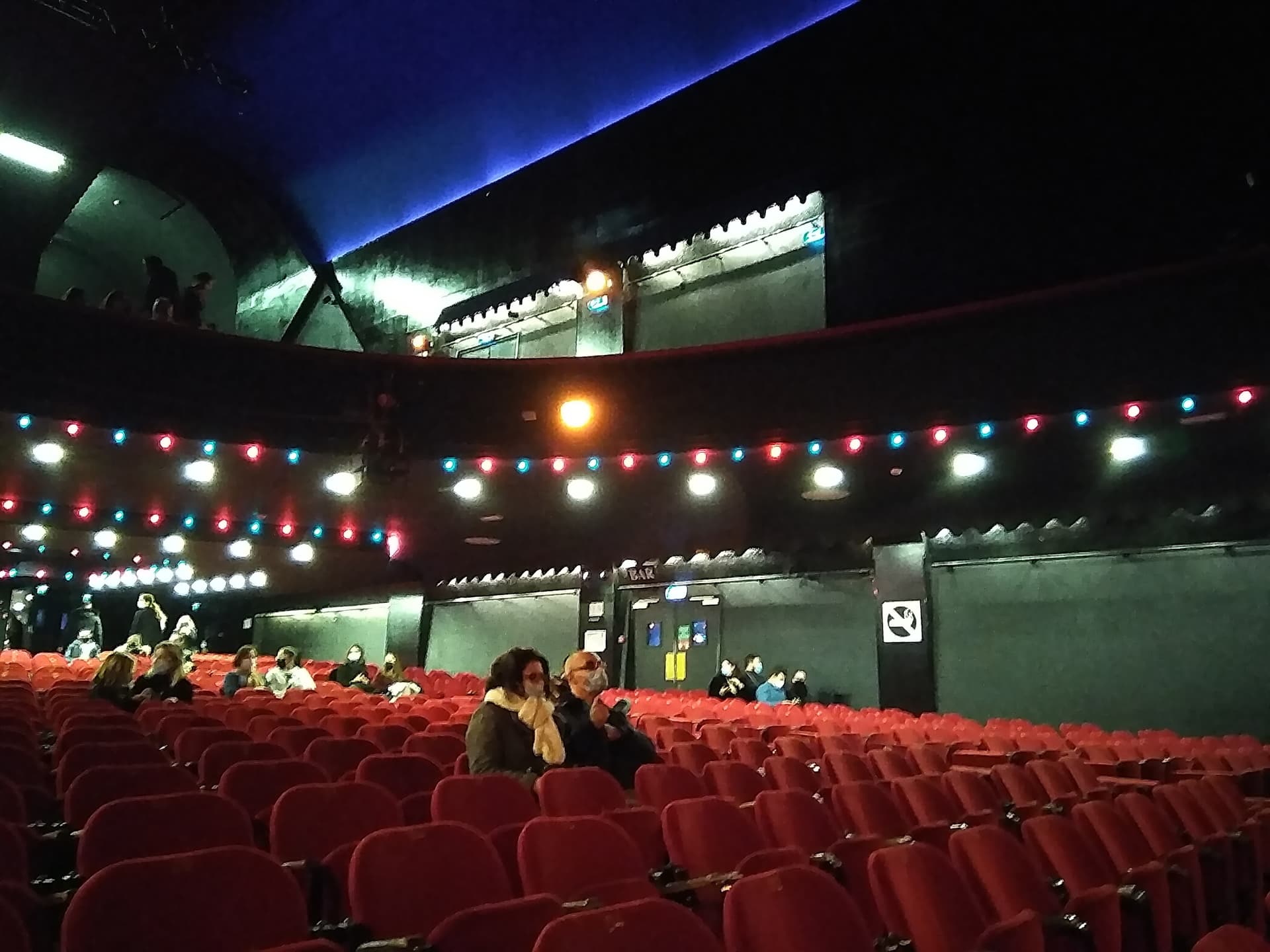Audio GuideL'Olympia
Iconic 19th-century concert hall hosting a broad live program from rock & jazz to comedy.
Step into the heart of Paris's entertainment scene with L’Olympia, a legendary venue on Boulevard des Capucines in the ninth arrondissement. Opening its doors in the late nineteenth century, L’Olympia stands as the city’s oldest operating music hall, welcoming music lovers for over one hundred thirty years.
The story begins in the year eighteen ninety-three, when Joseph Oller, co-founder of the famous Moulin Rouge, created this special place after his popular roller coaster was removed. From the start, L’Olympia became known for its glamorous mix of live spectacle—acrobats leaping, can-can dancers swirling, and operettas dazzling crowds in the golden glow of old Paris. Names like La Goulue and Loïe Fuller inspired audiences, giving the hall an air of magic and playfulness.
As times changed, so did L’Olympia. In the late nineteen twenties, it was transformed into a cinema, reflecting the growing love for sound films. For the next few decades, the building saw new uses and different owners, but always kept its artistic soul. Everything changed again in the mid-twentieth century when Bruno Coquatrix, an inspired manager and musician, reopened L’Olympia as a music hall in the year nineteen fifty-four. He modernized the space while preserving its elegance, inviting the greats of chanson and jazz.
Legendary voices echoed here—Édith Piaf, known for her stirring songs, sang through illness for months, delivering multiple shows in one night. Jacques Brel performed his moving “Amsterdam” for the first time, and iconic figures such as Johnny Hallyday electrified crowds. International stars, including Louis Armstrong, Ella Fitzgerald, and The Beatles, brought music from across the world to this Parisian stage.
The building’s façade holds the charm of early Paris, with its iconic red neon “Olympia” sign burning bright above the entrance—a beacon for music enthusiasts. After a major renovation in the late nineteen nineties, the original exterior was carefully preserved, and the inside upgraded for comfort, mixing plush red seats and elegant balcony railings. Even the billiard room, once a secret spot for artists, now adds to the sense of history.
The sounds inside the Olympia span decades and styles—classic French ballads, soul-stirring jazz, and contemporary pop fill the air, while crowds of almost two thousand in plush seats, and many more for special standing concerts, experience the rush of live performances. Comedy and dance now share the stage, making each visit unpredictable and lively.
For anyone wanting to experience the beating heart of Parisian culture, L’Olympia brings together heritage and energy, making each performance not just a show, but a chapter in the living story of Paris.




